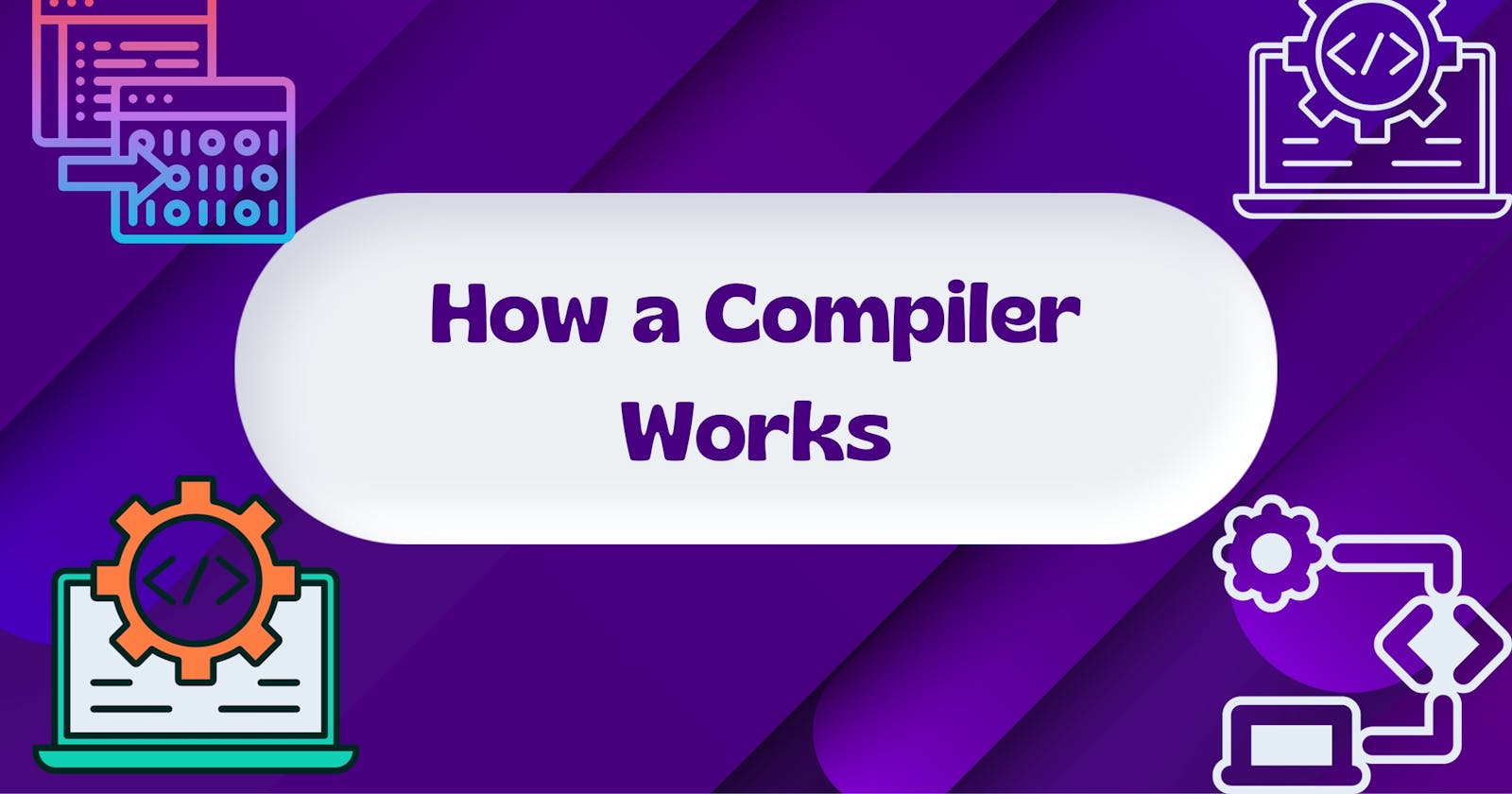A compiler is a fundamental tool in the world of programming that translates high-level programming languages (e.g., C, C++, Java, Python) into machine code or lower-level languages that a computer's central processing unit (CPU) can understand and execute. Compilers play a critical role in software development, ensuring that human-readable code is transformed into a form that a computer can execute efficiently. Here's a detailed explanation of how a compiler works:
1. Lexical Analysis (Scanning):
- The compilation process begins with the lexical analysis phase, where the source code is broken down into tokens. Tokens are the smallest meaningful units in a programming language, such as keywords, identifiers, operators, and literals. This phase removes comments and whitespace.
2. Syntax Analysis (Parsing):
- In the syntax analysis phase, the compiler examines the order and structure of the tokens to create an abstract syntax tree (AST). The AST represents the hierarchical structure of the program, indicating how different parts of the code relate to one another. This phase checks the code for syntax errors, ensuring it adheres to the language's grammar rules.
3. Semantic Analysis:
- The semantic analysis phase checks the code for semantic errors. It verifies that variables are declared before use, enforces type checking, and applies other language-specific rules. The compiler builds a symbol table to keep track of variable names and their associated data types.
4. Intermediate Code Generation:
- Some compilers generate an intermediate representation of the code before translating it to machine code. This intermediate code is a platform-independent representation that simplifies the translation process and can be optimized more effectively. Examples of intermediate representations include three-address code and abstract syntax trees.
5. Optimization:
- Many compilers include optimization phases to improve the performance of the generated code. Optimization techniques may include dead code elimination, constant folding, and loop unrolling, among others. The goal is to make the code execute more efficiently while preserving the program's functionality.
6. Code Generation:
- In this phase, the compiler translates the intermediate code or abstract syntax tree into machine code or an equivalent low-level representation. The code generation process depends on the target platform, and different compilers produce different machine code for the same high-level program to suit the specific hardware and operating system.
7. Linking:
- In some cases, the program consists of multiple source files, each of which is compiled separately. The linking phase combines these compiled files into a single executable program. It resolves references to functions or variables defined in other files, including libraries and external dependencies.
8. Output Generation:
- Finally, the compiler generates the executable binary, which can be run on the target computer. This binary file contains the machine code, data, and other necessary information to execute the program.
9. Execution:
- The compiled program can be executed on the target machine. The CPU interprets the machine code instructions generated by the compiler, allowing the program to perform its intended tasks.
It's important to note that the exact workings of a compiler can vary between different programming languages and compiler implementations. The process described above is a high-level overview of a typical compilation process. Modern compilers often incorporate sophisticated techniques for optimization, error checking, and code generation to produce efficient and reliable executable programs.

